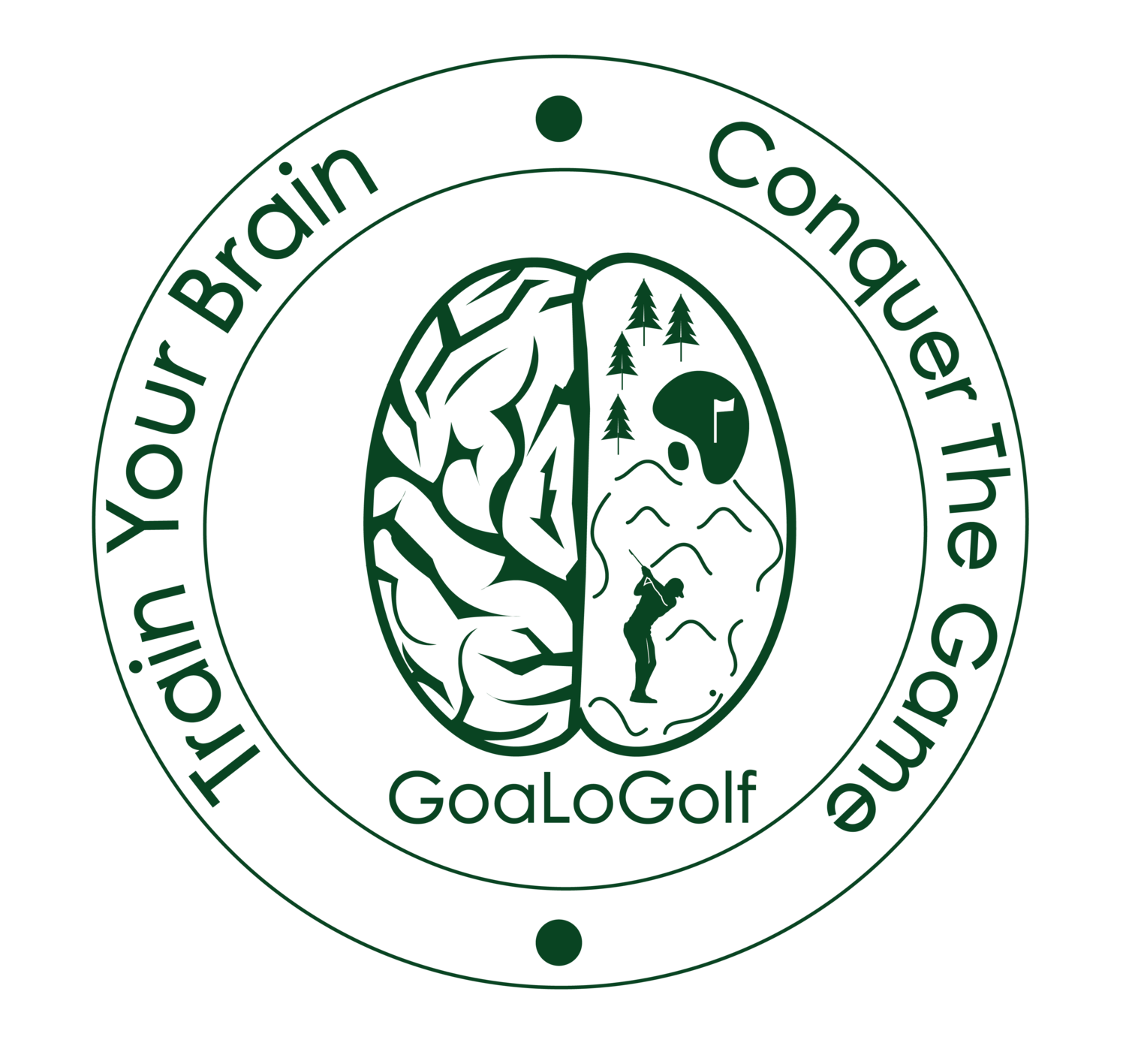Train your Brain. Conquer the Game.
Special Alert:
Please know that as a healthcare provider I take this pandemic and the measures that have been put in place very seriously and that in no way is this posting meant to undermine the gravity of the situation. The “shelter in place” order in California (and similar measures worldwide) will indeed “flatten the curve” if dutifully executed by our communities. We are all in this together to make sure the least number of people get infected and the least number suffer unduly from overwhelmed healthcare systems. Please please observe these measures to keep yourselves safe.
DO THE FIVE
Help stop coronavirus
1 HANDS Wash them often
2 ELBOW Cough into it
3 FACE Don't touch it
4 FEET Stay more than 6ft apart
5 FEEL sick? Stay home
_________________________________________________
Your golf course has probably closed until further notice. But we love to play golf! What do we do? Quite simply, we can practice intelligently at home in a way that keeps our neural circuits sharp for when the course reopens. This blog continues on the theme I started last year and hope to provide those interested with a useful series of drills that will train your entire golfing brain. Here’s a drill that can be implemented even in a confined space.
MUSINGS FROM AN APPLIED NEUROSCIENTIST
Putt With Your Driver Indoors
Neuroscience basis:
Interacting with your driver in a slowed-down setting, where a putting motion is required, can help unite the sensory feel of impact of the driver to the outcome of hitting the ball along the intended target line. Also this places you where you want to finish in golf and that is converting the short putts inside 3-8 feet. The ultimate goal of playing a golf hole is to get the ball rolling over the spot that will result in a sunk putt. Performing it with a driver instead of putter gives your brain the novelty of sensory feedback that commands a heightened attention to accomplish a task that may (with a usual putter) seem a bit boring and lose your interest.
FROM THE DOCTOR’S OFFICE
Primary focus:
Bring your primary focus of attention to the intended target line. Whenever a distracting thought seems to take over or you realize your attention has wandered simply and non-judgmentally return it to the intended target line. This could be the spot you intend to hit or the entire line or arc delineated by connecting the ball to the target and beyond. But, anything that is outside this visual focus, simply ignore as you practice.
Peripheral awareness:
Keep your peripheral awareness on the circumstances around impact (e.g. hand position, force to transfer to the ball, removal of resistance to movement in your body as a whole). You will know that these elements are in your peripheral awareness if they occasionally dart in and take over your primary focus of attention. While this is good, gently return your primary focus of attention to the intended target line and filter out the distracting thought. Really let go of those interfering thoughts that don’t even belong in peripheral awareness (like “What if I miss this putt?” Or “Is this drill gonna work?” Or “This exercise is going to lower my handicap 5 points” Or “I’m hungry”). This practice becomes a mindfulness practice that hones your ability to increase the “brightness” of the spotlight of your attention and retain, in some form of awareness, a more limited but important set of phenomena to aid your ultimate goal.
While golf is down the list of things of importance at this time, building resilience in this difficult unsettling time is very important. May this blog find you all healthy and in good spirits and give you a small way to stay in touch with the game that we all love dearly.


